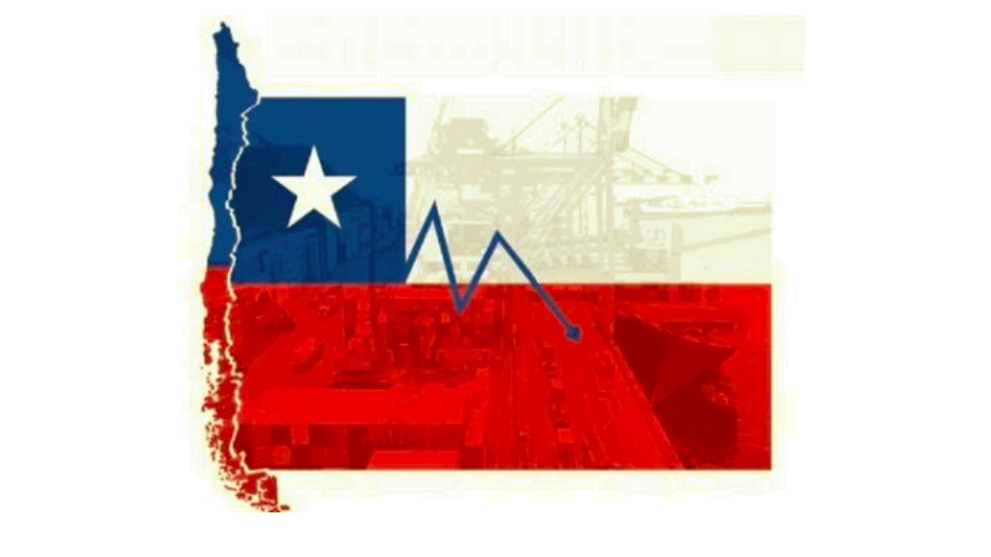By Maolis Castro
The Chilean economy continues to show a weak pulse.
The monthly economic activity indicator (Imacec) registered a year-on-year drop of 1.1% in April, according to preliminary data from the Central Bank of Chile (BCCh).
The index, a benchmark for the Gross Domestic Product (GDP), contracted more than expected, surprising the market, which had expected a less dramatic decline.

The median estimate of a Bloomberg survey of economists pointed to a 0.5% drop in annual terms.
According to a statement from the BCCh, this variation is explained by the contraction in trade and, to a lesser extent, in industry.
The seasonally adjusted series did not present any variation concerning the previous month and fell 0.6% in twelve months.
This result “compensated the increase in mining with falls in the rest of goods and trade”, said the agency presided by Rosanna Costa.
It should be noted that the month registered one working day less than April 2022.
The non-mining Imacec presented a decrease of 1.6% in twelve months, while, in seasonally adjusted terms, it fell 0.7% concerning the previous month.
Mining recorded an increase of 3.1% in April, while industry registered an increase of 0.9%. Meanwhile, the manufacturing industry fell by 2.5%.
The commercial activity showed a decrease of 7.7%.
“This result was explained by all its components, particularly retail trade, where lower sales in supermarkets and specialized clothing and food establishments stood out.
To a lesser extent, the fall in automotive trade sales also had an impact,” said the BCCh.
The seasonally adjusted trade figures showed a contraction of 2.4% concerning the previous month, “mainly explained by the automotive trade”.
Different entities have improved their forecast for the Chilean economy for 2023.
In May, the Ministry of Finance projected that the GDP would grow by 0.3% this year, compared to the 0.7% drop anticipated in the Public Finances Report for the fourth quarter of 2022.
Thus, the Executive is betting that a recession will be avoided, as estimated months ago.
The World Bank, the International Monetary Fund (IMF), and ECLAC also improved their contraction estimates for the Chilean economy during 2023.
WHAT WILL HAPPEN TO THE REFERENCE INTEREST RATE?
The contraction of the Imacec in April reaffirms for some market analysts that the central bank would start to apply the first cuts in the monetary policy rate (TPM) as of July.
Monetary policymakers have decided since October to maintain the interest rate at 11.25% until there are clear signs of inflationary convergence.
Consumer prices have fallen recently but are still far from the 3% annual target.
With information from Bloomberg
News Chile, English news Chile, Chilean economy

